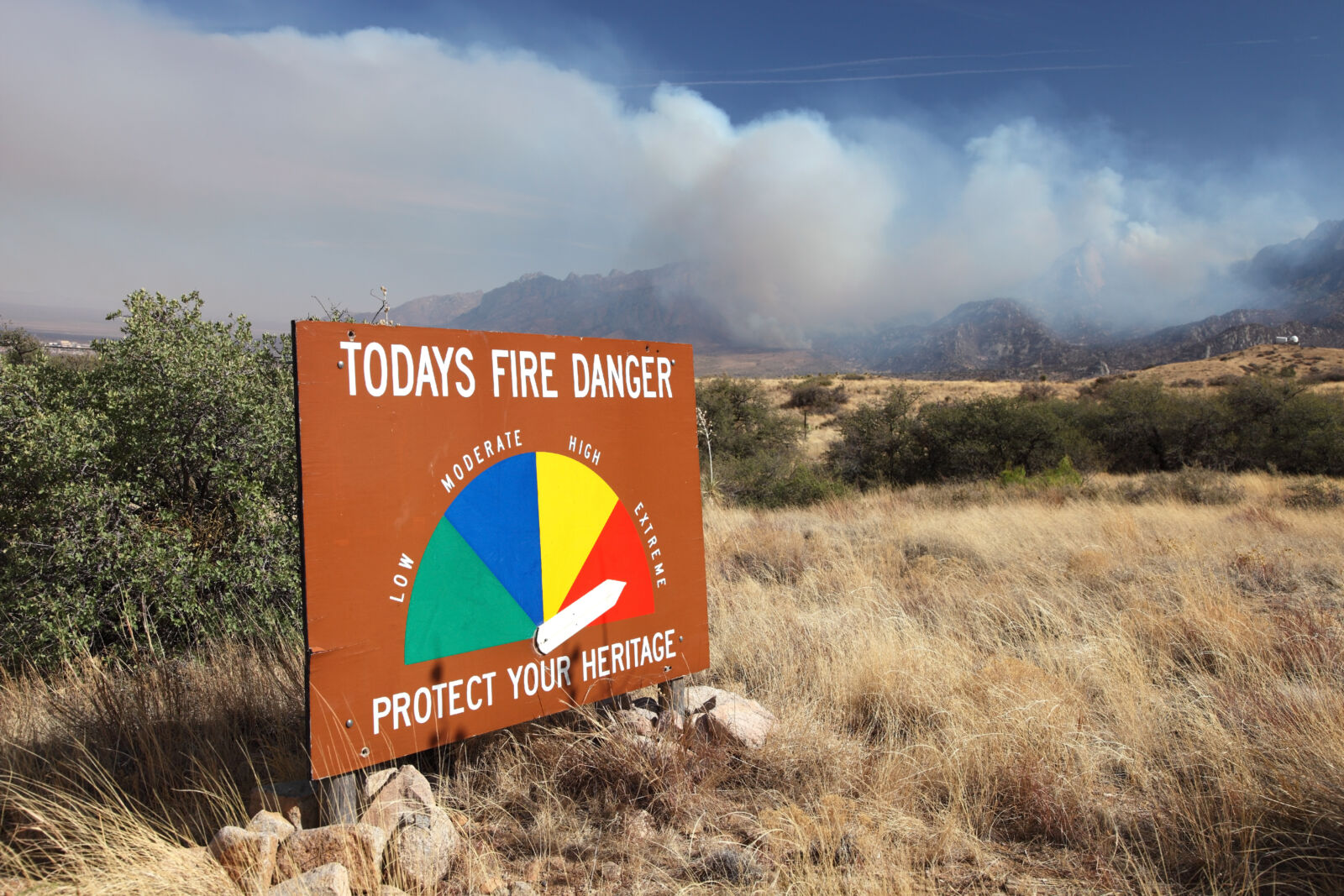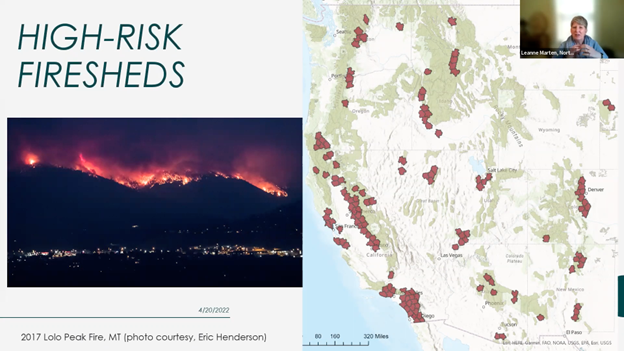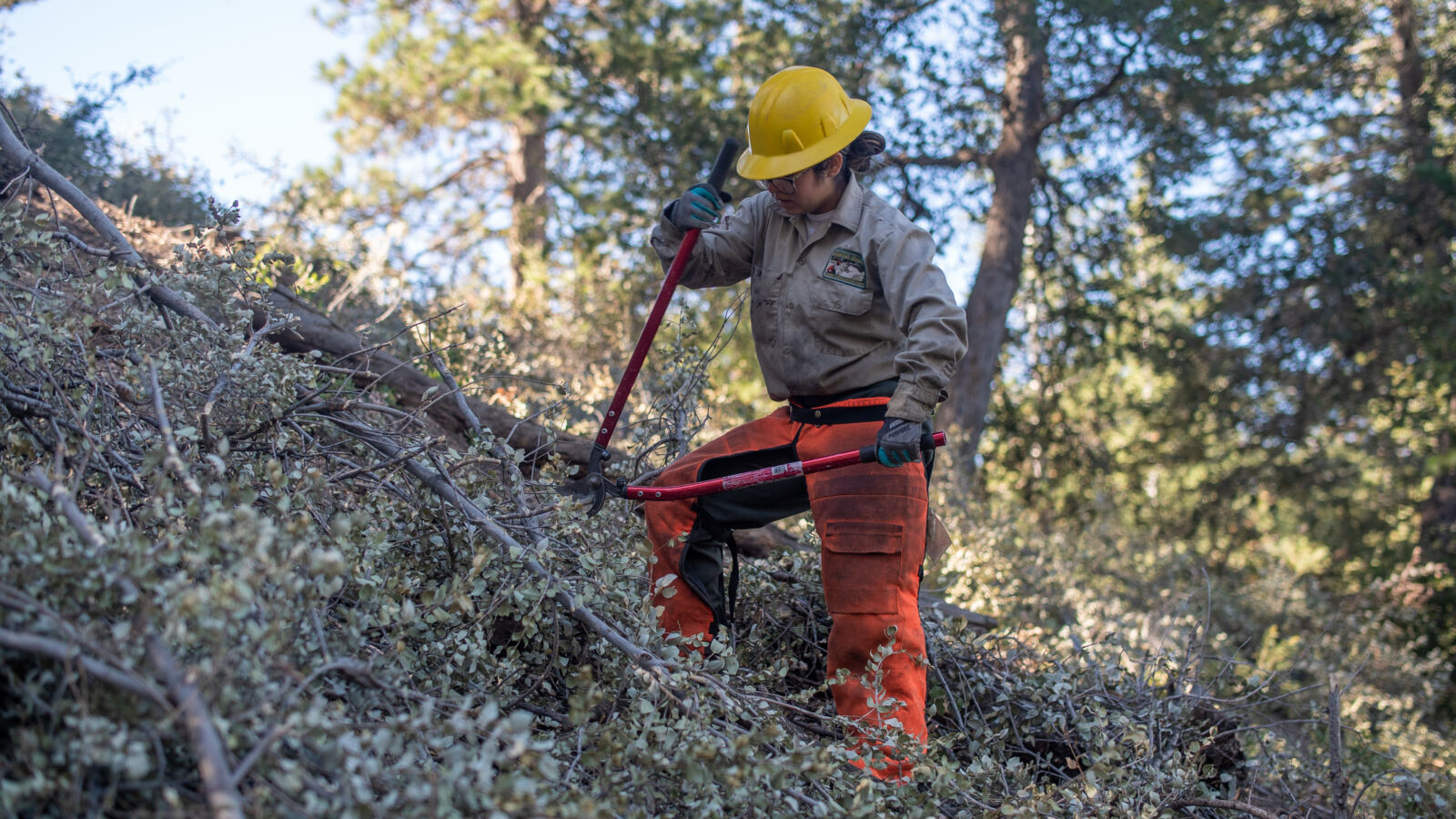Please click here for the full 2022 Wildfire Crisis Strategy Roundtables Synthesis Report and accompanying Executive Summary.
The Wildfire Crisis
Wildfires have grown increasingly large and intense in recent decades, driven by overgrown forests, population growth in forested areas, past management practices, and climate change. This growing crisis across the western U.S. has created the need for new land management strategies designed to support strategic management and restoration of high-risk areas to protect forest health, watershed function, and human communities.
In January 2022, the Forest Service released its Confronting the Wildfire Crisis Strategy and associated Implementation Plan. Under this Plan, the Forest Service will work with partners and interested members of the public to strategically focus fuels and forest health treatments at the scale of the problem, using the best available science as a guide.

Addressing the wildfire crisis will require strong relationships and coordination across landscapes. Photo by iStock.com/DenisTangneyJr.
The Roundtables
From February to June of 2022, the National Forest Foundation worked with the Forest Service to host ten roundtable discussions
to collect input on the Wildfire Crisis Implementation Plan. The Forest Service and the Intertribal Timber Council also convened a separate Intertribal Roundtable. The roundtables aimed to strengthen opportunities for collaboration, identify key needs and opportunities, and share goals for the implementation plan. Recognizing the need for shared approaches to increasing fire resilience, the roundtables fostered dialogue among a wide range of Tribal, local, state, and federal agencies and other non-government entities.
You can learn more about the roundtables and view recordings of each region’s leadership panel presentations on our website.

Regional Forester Leanne Marten sets the context for the strategic plan during the Region 1 roundtable.
What We Heard
The National Forest Foundation prepared a regional report for each roundtable as well as a national Synthesis Report (with accompanying Executive Summary) to summarize the discussions and inform the implementation plan moving forward.
The synthesis report identifies ten central themes and associated opportunities for action based on the roundtable discussions. The ten themes are:
- Embrace changes to Forest Service business practices and shifts in agency culture.
- Improve internal and external communication related to the crisis and what is necessary for success.
- Recruit and maintain a workforce capable of meeting the necessary pace and scale of restoration.
- Update partnership mechanisms and requirements for cross-boundary funding and implementation.
- Honor Tribal sovereignty and history; leverage learning, priorities, and capacity; and incorporate Indigenous Traditional Ecological Knowledge (ITEK).
- Build equity and resilience into planning and implementation.
- Expand markets and forest materials processing infrastructure.
- Build shared understanding and support for the use of fire as an essential tool for ecosystem resilience.
- Invest in open and transparent information sharing and use of shared data and models.
- Help decision makers and publics understand tradeoffs and benefits of management for forest resiliency.

Work on a collaborative fuel reduction project near the community of Angelus Oaks, CA. Photo by Brian Cavallaro.
The themes and opportunities for action identified in the roundtables require the intentional and hard work of responding to chronic and deeply embedded barriers, both within governmental structures and in the natural environment, and more recent challenges, like the workforce shortage and expensive, limited housing.
The roundtables showcased a clear demonstration of partners’ willingness and desire to work alongside the Forest Service toward creative and shared solutions to the wildfire crisis in all regions across the nation. While the Forest Service must play a leadership role to coordinate and channel this energy and commitment, the agency can do more to welcome and empower others, including Tribes, communities, and partner organizations, to bring their knowledge, ideas, and resources together to confront the crisis.
For more information on the roundtables, including background documents, recordings, and regional reports, please visit our Wildfire Crisis Strategy Roundtable webpage.
Cover photo by Richie Graham.
--------
Bringing people together has always been a superpower of the NFF. But we can’t do it without our supporters, and that includes you. Please consider making an unrestricted gift today so we can provide the absolute best collaborative services tomorrow. Simply click here. We – and all our partners – thank you!

